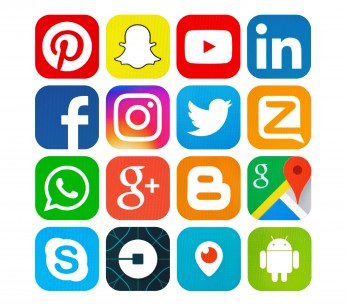While social media continues to play a huge role in Americans’ lives in both a personal and professional sense, there’s also a growing wariness that marketers need to be aware of. For example, a 2018 Pew Research Center study found that social media overtook print newspapers as a more popular news source, yet a 2019 Pew study revealed that 62 percent of U.S. adults think social media companies have too much control over the news that users see.
Leading into 2020, social networks appear primed for both active engagement and active scrutiny, and social media companies may quickly change how they operate as a result. For example, Twitter recently announced they would stop allowing political advertising, and networks like Instagram are experimenting with hiding the number of likes on posts in an effort to reverse the negative mental health effects associated with social media comparisons, as CNET reports.
For marketers, even if these changes do not seem to apply directly to your brand, they underscore the point that social media marketers tend to operate on rented land. The major social media networks are publicly traded companies that exist to grow their own businesses, not yours. They are the ones in control of how their platforms work, and your efforts to be successful through their mediums, such as building up your followers to reach an organic audience, can essentially be made irrelevant overnight.
Read more: 5 Ways to Dominate Social Media Marketing in 2020






